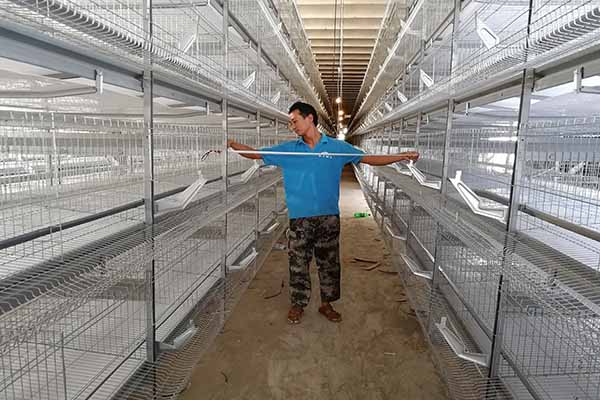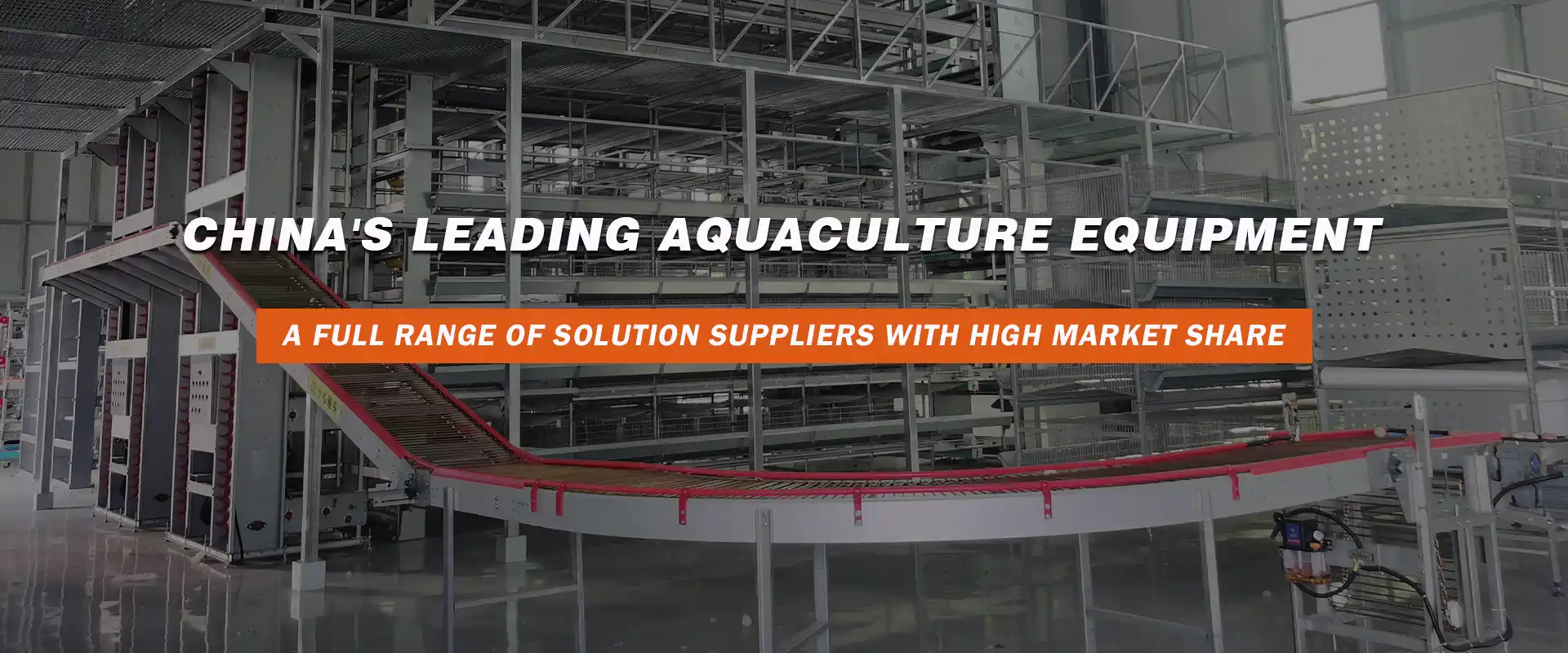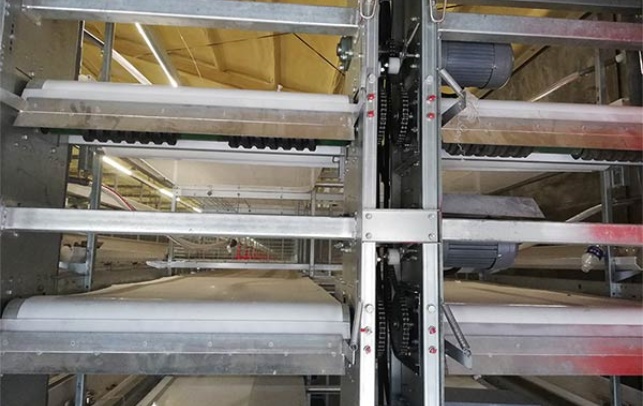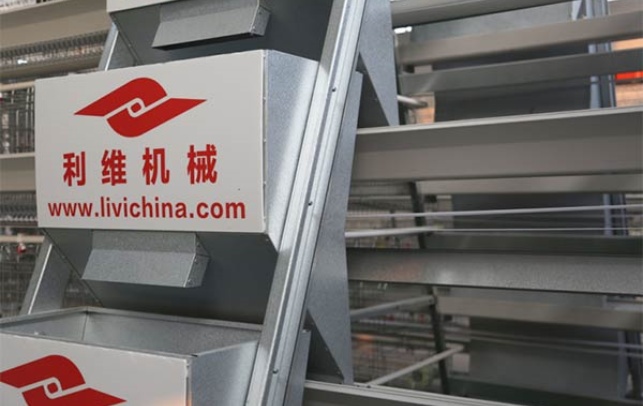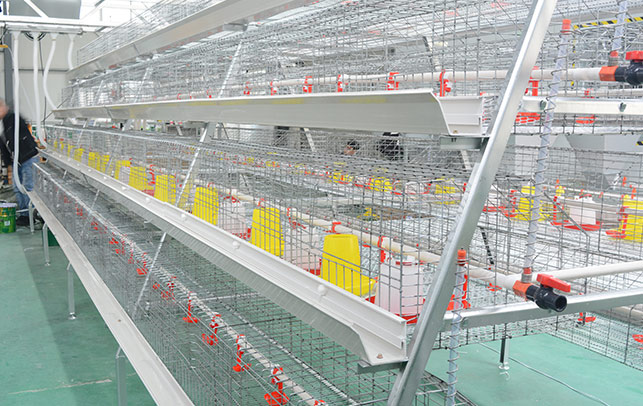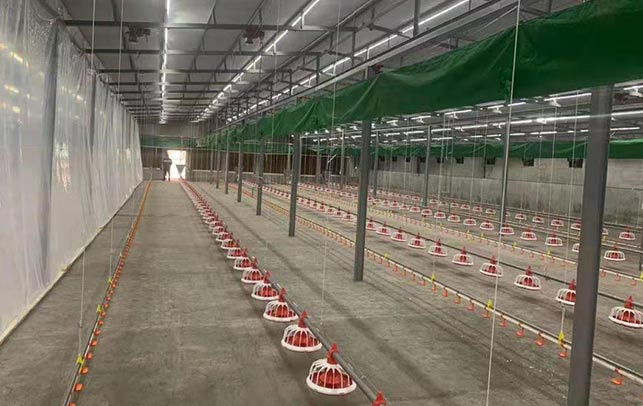Comparison of Tanzanian Chicken Farms Before and After Automation Transformation
Time : 2025-04-27
Automating chicken farms is a game-changer for the agriculture industry, and Tanzania has been at the forefront of this transformation. In this article, we’ll take a deep dive into how Tanzanian chicken farms have evolved from manual labor to state-of-the-art automation systems. We’ll discuss the benefits, challenges, and the future of chicken farming in Tanzania.
Introduction
Before the automation revolution, Tanzanian chicken farms were characterized by traditional methods, relying heavily on manual labor. The process of raising chickens was time-consuming and labor-intensive, with minimal efficiency. However, the introduction of automation has brought about significant changes, not just in the way chickens are raised but also in the overall operations of the farms. Let’s explore these changes and their impact.
The Pre-Automation Era
In the days before automation, Tanzanian chicken farms were typically small-scale operations. Farmers would start by buying day-old chicks and then care for them until they reached maturity. The process involved a lot of hands-on work, including feeding, cleaning, and ensuring the health of the chickens.
Challenges
1. Labor Intensive: Raising chickens required a considerable amount of labor, which was often expensive and difficult to manage.
2. Health Risks: With manual handling, there was a higher risk of spreading diseases among the chickens.
3. Low Efficiency: The process was slow and not very efficient, which limited the number of chickens that could be raised in a given space.
The Automation Transformation
The advent of automation technology has brought about a new era for Tanzanian chicken farms. Modern farms now utilize advanced systems to manage every aspect of chicken farming, from breeding to processing.
Key Automation Technologies
1. Feeding Systems: Automated feeders dispense food at regular intervals, ensuring that chickens receive the right nutrition.
2. Watering Systems: Automated watering systems provide clean water to chickens, reducing the risk of dehydration and diseases.
3. Climate Control: Automation allows for precise control of the farm’s climate, creating optimal conditions for chicken growth.
4. Health Monitoring: Automated systems can track the health of chickens, detecting illnesses early and minimizing loss.
5. Egg Collection: Automated egg collection systems reduce the need for manual handling and improve egg quality.
Benefits of Automation
1. Increased Efficiency: Automation allows for a higher number of chickens to be raised in the same space, maximizing output.
2. Cost Savings: By reducing the need for manual labor, automation can significantly cut costs.
3. Improved Health: Automated systems minimize the risk of disease transmission, leading to healthier chickens.
4. Quality Control: Automation ensures consistent and high-quality products.
Challenges and Solutions
While automation brings numerous benefits, it also presents some challenges:
1. Initial Investment: The cost of setting up an automated system can be high.
– Solution: Seek government subsidies or loans specifically designed for farm automation.
2. Technological Barriers: Not all farmers have the technical skills to operate automated systems.
– Solution: Provide training and support to farmers to ensure they can effectively use the technology.
3. Job Displacement: Automation might lead to a reduction in labor jobs.
– Solution: Create new job opportunities in technology and maintenance.
The Future of Tanzanian Chicken Farms
The future of Tanzanian chicken farms is bright, with automation playing a pivotal role. Here’s what we can expect:
1. Continuous Innovation: As technology advances, new automation systems will be developed, further enhancing efficiency.
2. Sustainability: Automated systems can contribute to more sustainable farming practices by reducing waste and environmental impact.
3. Global Market: Tanzania’s chicken farms will be better equipped to compete in the global market due to increased efficiency and quality.
Conclusion
The transformation of Tanzanian chicken farms from manual to automated systems is a testament to the power of technology in agriculture. While challenges remain, the benefits of automation are undeniable. As Tanzania continues to embrace automation, the future looks promising for both farmers and consumers.
Tags
